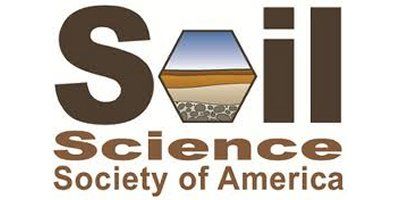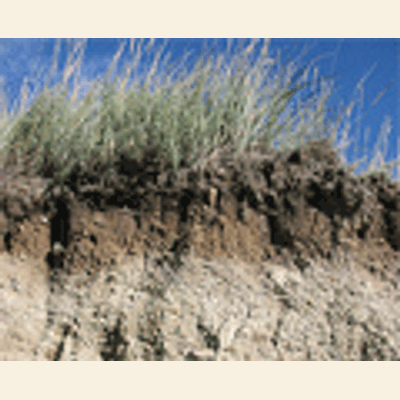

- Home
- Companies
- Soil Science Society of America (SSSA)
- News
- Dioxin risk in soil and plant tissues ...

Dioxin risk in soil and plant tissues after long-term biosolids application
Scientists at the Metropolitan Water Reclamation District of Greater Chicago (District) investigated the effects of continuous and long-term application of biosolids on the levels of dioxins in soil and corn tissues collected from the District’s long-term field plots that were established in 1973. Specifically, they collected soil, corn grain, and corn stover samples from the field plots consisting of a 0 (control), 504, and 2016 Mg ha-1 cumulative biosolids loading applied through annual applications from 1973 to 2002 and measured 29 congeners of dioxins, furans, and polychlorinated biphenyls (PCBs). Results from this study were published in July-August 2008 issue of the Journal of Environmental Quality. This research was also presented at the Sustainable Land Application Conference held in January 2004 in Orlando, Fla.
The study revealed that the levels of dioxins in soil from the control and agronomic rate biosolids plots were not statistically different but the soil levels of dioxins were much higher in the plots that have been receiving four times higher rates of biosolids application. Dioxins were not detected in the corn grains. Only trace levels were found in the corn stover, and there was no statistical difference between the control and the biosolids-amended plots. These observations suggest that dioxins from land application of biosolids do not pose any risk to human health or the environment, if biosolids are land applied according to the USEPA regulations.
The District has on-going research to investigate the trend of dioxins levels in biosolids over time. The USEPA`s 2001 Dioxins Update to the National Sewage Sludge Survey indicated that dioxins levels in biosolids have declined since the last USEPA survey in 1988. This downward trend is expected to continue due to the regulatory controls on additional sources of dioxins in the environment, particularly on some combustion practices. These findings support the USEPA’s decision not to regulate dioxins in land applied biosolids.
